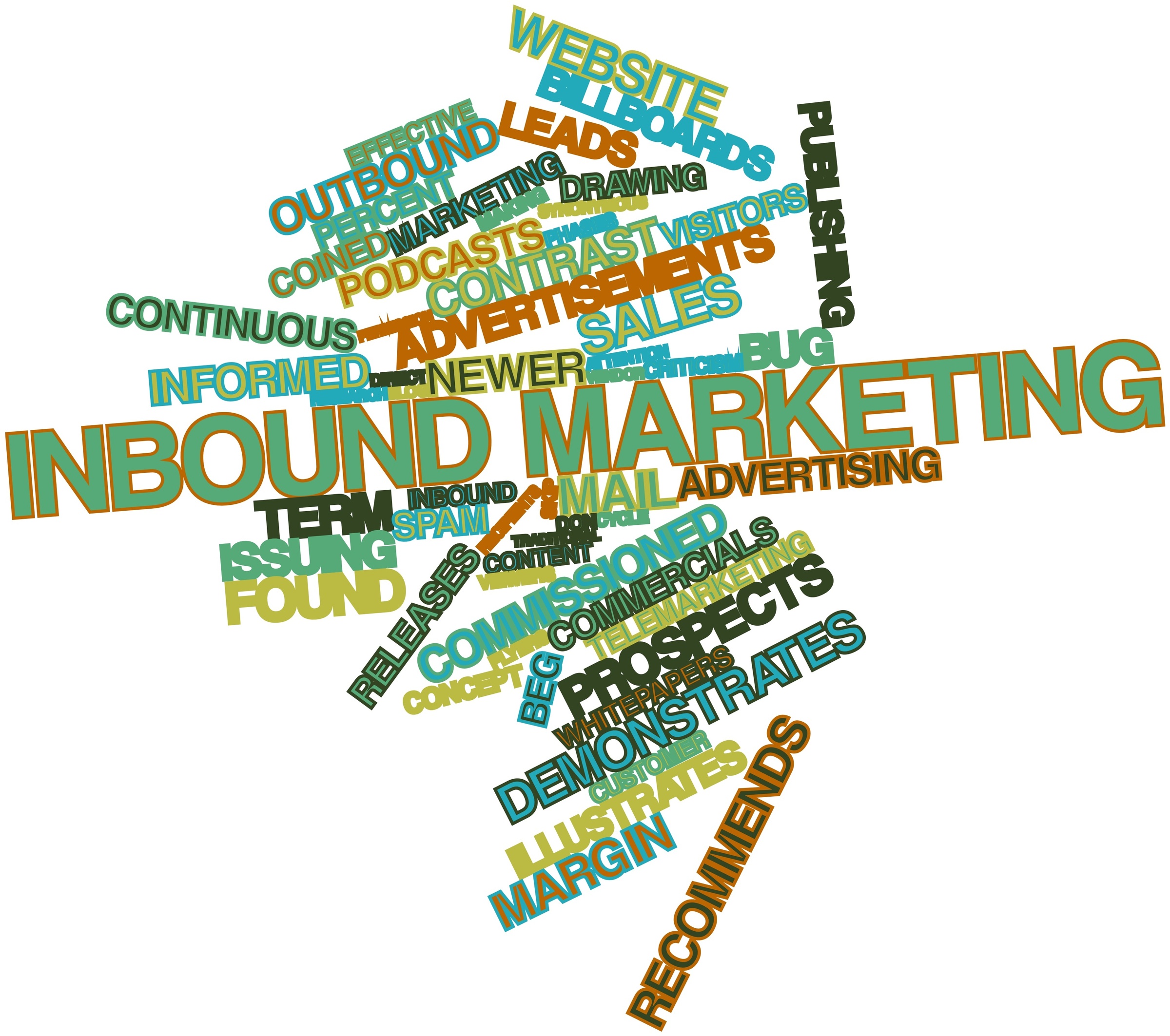GreenRope Blog
Title search: ✖
|
Show All (637)
#CoolerChat (7) All About GreenRope (172) Content Marketing (66) CRM (191) Customer Experience (79) Digital Transformation (8) Email Marketing (6) Event Recaps (2) Everything Small Business (46) How-To (136) In the Clearing with Lars (25) Infographics (4) Marketing (149) Marketing Automation (60) Monthly Updates (26) Press Release (1) Sales (76) SMB (140) Social Media (20) Tidbits for You (116) Websites & SEO (4) Weekly Roundup (16)
10 Surprising Things You Didn't know about Client Services & Search Marketing Manager, Lisa Frampton
Disqualifying Leads Without Alienating Them as Future Customers - Part 2: Cultivating Non-Leads with Automated Marketing
4 Ways to Get Your Email Marketing in Front of the Right Audience Through Personalization & Segmentation
Total Cost of Ownership: What does it mean and how can you avoid costly, unsuccessful implementations.
|
Inbound vs. Outbound Marketing
How does your business generate leads? Do you attend trade shows, send out direct mail pieces, or rely on billboards/ radio ad spots for your advertising? All of these strategies are considered outbound marketing techniques. As effective as these practices once were, the advent of online marketing has spurred the onset of a buzzword we marketers refer to as inbound marketing. Inbound marketing revolves around creating content that attracts customers to your brand. Publishing the right content at the right time is key in lead nurturing and ensuring that your business is viewed as relevant and helpful to both potential and current clients and customers. Outbound marketing is in a declining state. How many times have you:
If you are like me, you have done any one of the above activities countless times. Consumer behavior constantly changes and currently more people flock to the Internet to research brands and their services. Because of this shift, businesses must evolve their marketing strategies to stay on top of the modern transition in marketing techniques. Inbound marketing relies on the following:
Inbound marketing has four stages:
Inbound marketing is a dynamic way of marketing to your customers. It takes thought, strategy, persistence, trial and error, etc. The fact of the matter is that people have far more power as consumers than ever before. If they trust you, they will most likely continue a relationship with your business. These days, it is all about the depth of relationships and the service you provide. Keep the content coming, and invest in technology that can take you to the next level.
|
